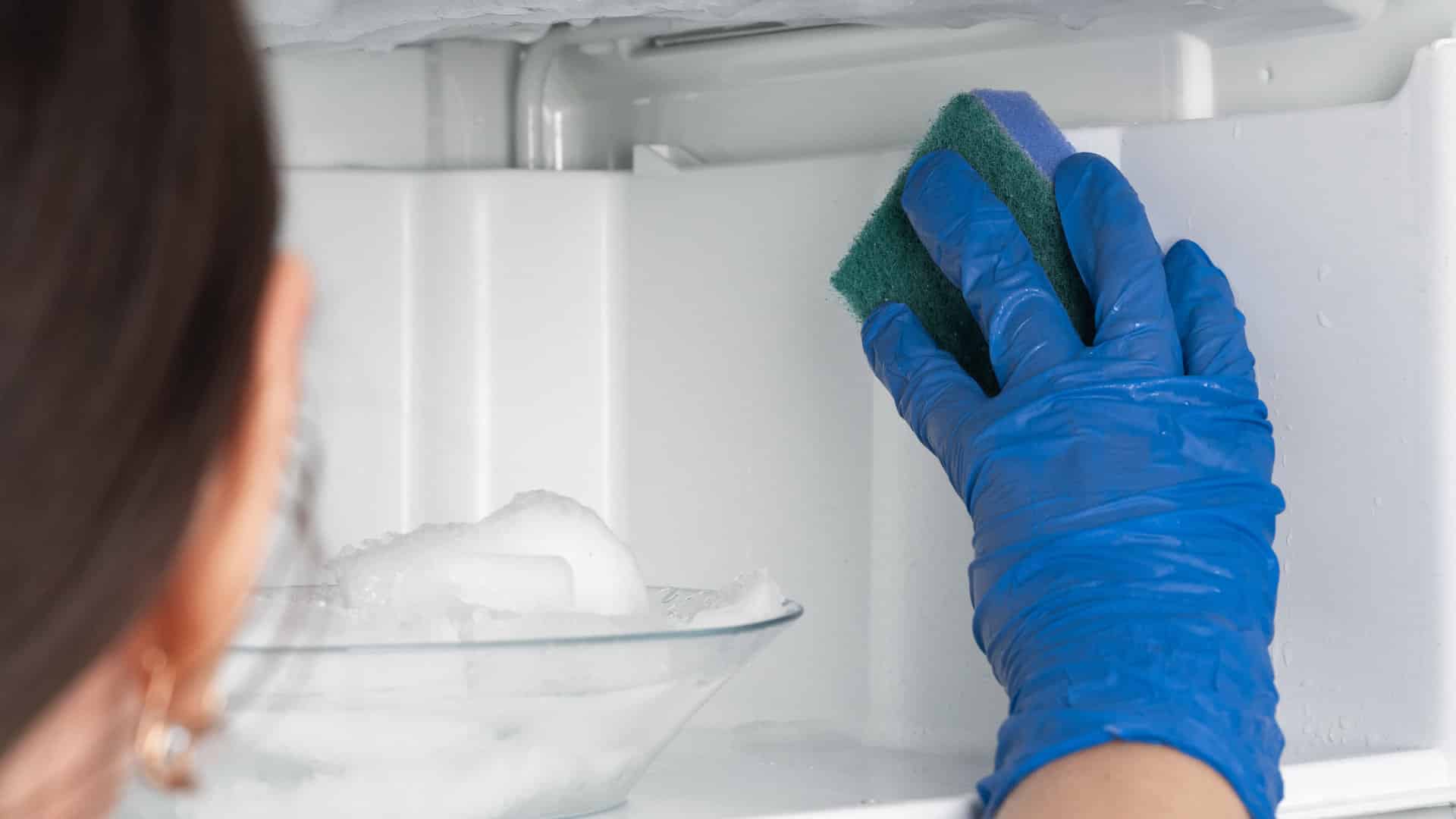
If you find yourself with an oven that will not turn on, the first thing you should determine is if the oven is at fault or if perhaps a circuit breaker has been tripped. If the power supply to the oven is not responsible, the next thing to check is if the oven’s heating elements are at fault. Further troubleshooting of the issue will depend on if you have an electric or gas oven.
Ovens pose more of a safety risk than many other household appliances. Therefore, it is important to ensure an oven repair is done correctly. If you are unfamiliar with repairing an oven, it is best to call a trained professional.
1. Is the Oven Receiving Power?
Electric ovens require 240 volts of alternating current, while gas ovens require 120 volts. Before taking apart the oven and replacing parts, check that the oven is receiving power and that the outlet is delivering enough voltage.
To Check the Power Supply:
- Check your electrical panel for a blown fuse or tripped breaker.
- Check if the digital display or heating light is still working. If you can see signs of the oven receiving power, then there is likely another reason why your oven will not turn on.
- If the wall switch has an indicator light, make sure it is lighting up to indicate the oven is getting power.
- If the oven plugs into a power outlet, try plugging another appliance into the outlet to check that there is not a problem with the power supply from the outlet.
- The voltage from the power outlet can also be tested with a multimeter to ensure it is providing sufficient voltage. Multimeter readings from a healthy outlet may vary between 210 and 240 volts.
2. Are the Bake and Broil Elements Working?
One of the most common causes of an oven not working is that the bake or broil elements have burned out, which causes the oven not to heat. The bake element is located at the bottom of the oven, while the broil element is located at the top. Both elements should glow bright red when working correctly.
Inspect the Bake and Broil Elements:
- Perform a visual check of the bake and broil elements. Look for damage, such as separations or blisters.
- Check that the elements are heating by turning on the bake function and then the broil function for a couple of minutes each to check that the elements have a red glow. If an element does not glow, without touching the element, check if it is producing heat. If one or both of the elements are cold and not glowing, they will likely need to be replaced. The elements can be tested with a multimeter to determine if they are at fault.
Perform a Multimeter Test and Check the Wiring:
- Disconnect the oven from the power source by turning off its power supply in the electrical panel.
- The elements can either be checked by removing them from the oven or by removing the oven’s back panel and using the terminals at the back of the oven.
- If you remove the back panel, use a multimeter to test that the element has not shorted through the frame of the oven by touching one multimeter probe to one of the element’s terminals and the other to the metal back of the oven. Note, if the surface is painted, this test will not work. If there is continuity, then the element has shorted and will need to be replaced.
- Inspect the wiring for any loose, corroded, or damaged wires.
- Replace a defective heating element or the relevant wiring if damaged.
3. Is the Igniter Working? (Gas Ovens)
If your gas oven is not turning on, it is most likely because of a fault with the igniter. When the igniter draws a specific amount of electrical current through the oven’s safety valve, the valve opens and allows gas to flow into the oven burner. The igniter can then get hot enough to ignite the gas in the burner assembly. A weak igniter will fail to open the safety valve correctly, and the oven will not heat.
To Check the Igniter:
- Visually inspect the igniter when the oven is on. If the igniter glows but does not ignite the gas flame after 90 seconds, the igniter is likely too weak to open the safety valve. If the igniter is defective, it will need to be replaced.
- When observing the igniter, if it does not glow, then there is likely a fault with the igniter, and it will need to be tested with a multimeter to determine if it needs to be replaced.
4. Is the Spark Electrode Defective? (Gas Ovens)
Bake and broil burner ignition uses a spark electrode to ignite the gas. The electrode sits next to the burner and functions like a spark plug. When the electrode receives power, a spark moves from the spark electrode tip to the electrode shield, which ignites the gas. If the spark electrode is defective, the spark will likely not occur. For the electrode control to sense the presence of a flame when the burner is ignited, a proper ground and the correct voltage to the range are required.
To Check the Spark Electrode:
- Check the electrode assembly for cracks and the top of the electrode for damage. If it appears damaged, replace the spark electrode.
- If the burner goes off after ignition, check it for proper ground and test for the correct polarity at the power outlet.
5. Other Less Common Causes
The Thermal Fuse: Some electric ovens are fitted with a thermal fuse. If the oven has overheated, the thermal fuse may have blown and disabled the power to the oven. The thermal fuse can be tested with a multimeter to see if it needs replacing.
The Thermostat: The thermostat monitors the temperature in the oven and will increase the heat when the temperature gets too low. If the thermostat has failed, the oven will not turn on. Unfortunately, it is difficult to test the thermostat, so it is best to just replace it if you suspect the thermostat is defective.
The Electronic Control Board: The oven’s control board has relays that send voltage to the bake and broil circuits on an electric oven and the safety valve on a gas oven. If the control board is defective, the oven will likely not turn on. The control board can be inspected for burnt, shorted, or damaged wires. If you determine the control board to be defective, replace the control board.

How to Fix a Microwave Door That Is Loose or Broken

How to Clean a Smelly Refrigerator Quickly

Troubleshooting LG Dishwasher OE Error Code: Causes and Solutions

How to Fix an Amana Dishwasher Not Drying

How to Dry Bedsheets in the Dryer

Dryer Won’t Start? Common Reasons And Solutions

5 Dangers of Self-Cleaning Ovens

How to Replace a Washing Machine Faucet

LG Washer Error Code UE Explained

How To Wash Shoes in The Washing Machine

How To Clean Refrigerator Coils

LG Ice Maker Tray Not Turning? How To Fix It

How To Clean a Freezer (in 5 Steps)

Samsung Washer Error Code SC: How To Fix It

